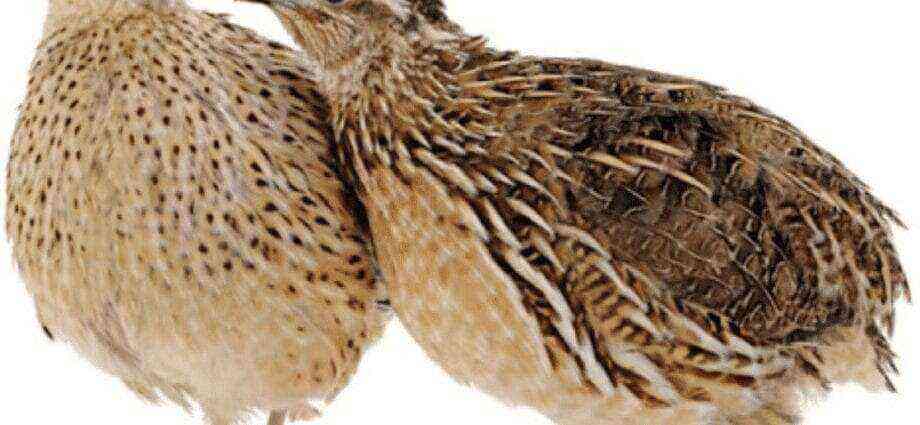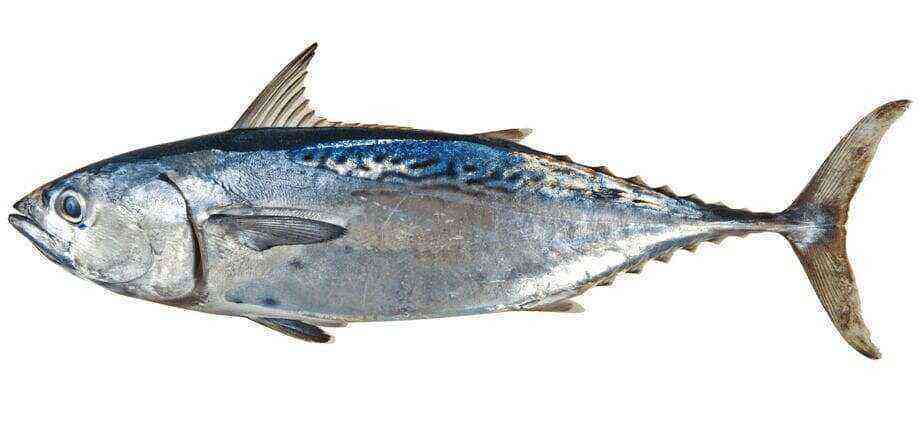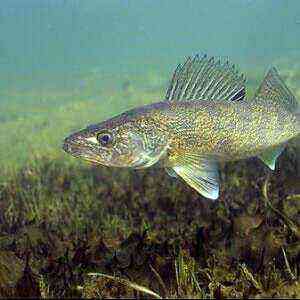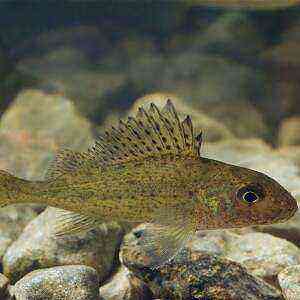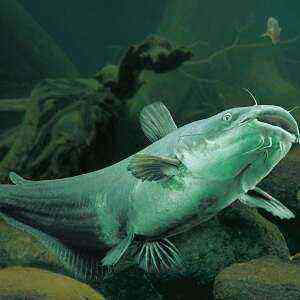
General characteristics
Som is a bony fish that lives in fresh waters and coasts of all continents except Antarctica. Many representatives of this family are found in the basins of the Baltic, Black and Caspian seas. And although the traditional habitat of these creatures is considered to be shallow fresh water, some species feel excellent in saline waters. The main feature of these fish – antennae, protruding around the mouth. They are very similar to the whiskers of cats, so in some languages of the world the name of this fish sounds like “cat fish”. Usually, 4 catfish has a pair of whiskers (nasal, on the upper jaw and on the chin), but the number varies depending on the species. Although it is worth noting that not all representatives of this family with a mustache. Catfish do not have scales, although in some species the smooth skin is covered with bony plates resembling body armor. Most of the dorsal and pectoral fins have spikes that the fish uses as protection.
Catfish can reach 2 m in length. The largest members of the family weighing more than 100 kg inhabit the waters of Southeast Asia. In Indochina, these giants are called mekong. Researchers know many varieties of catfish, which differ in size, color and habitat. These fish may live for some time outside the reservoir, but only as long as their skin remains moist. The color can vary from a monochromatic black (sometimes with a green or blue tint) to a lighter one with a marble pattern.
Whiskers for catfish play the role of taste buds: they are looking for prey. The diet of these giants consists of fry, insects, worms, reptiles, and sometimes even waterfowl. Som, like a vacuum cleaner, draws in prey along with silt, almost does not use its sharp teeth.
Nutritional value
Freshwater catfish belongs to diet food. A 100-gram piece of meat will provide about 90 kilocalories. At the same time, the fillet is rich in proteins (16 g per 100 g of product) and does not contain carbohydrates. The proteins contained in the fillet belong to the so-called complete proteins, that is, they contain all the amino acids necessary for humans.
Catfish is useful as a source of vitamin B12 (a substance can be obtained exclusively from animal food), which is responsible for the formation of genetic material and the correct blood formula, and is also important for neurological health. It is rich in catfish and other B vitamins, vitamin A, which makes it important for maintaining good appetite, proper digestion, healthy skin and eyes. This freshwater meat is very rich in minerals that are vital to humans. Also, do not forget about the polyunsaturated fatty acids Omega-3 and Omega-6, which are found in all fish and are extremely useful for the cardiovascular system.
Nutritional value on 100 g catfish fillet
Calories 96 kcal Carbohydrates 0 g Proteins 16,5 g Fats 2,91 g Vitamin A 50 IU Vitamin C 0,72 mg Vitamin D 500 IU Vitamin B1 0,23 mg Vitamin B2 0,12 mg Vitamin B3 1,91 mg Vitamin B5 0,82 mg Vitamin B6 0,11 mg Vitamin B9 10,3 μg Vitamin B12 2,4 μg Omega-3 535 mg Omega-6 101 mg Saturated fat 0,7 g Cholesterol 58 mg Calcium 14,1 mg Iron 0,33 mg Magnesium 23,3 mg Phosphorus 210 mg Potassium 359 mg Sodium 43,4 mg Zinc 0,5 mg Selenium 12,51 μg Water 80,4 g Ash 1 g
Benefits for the body
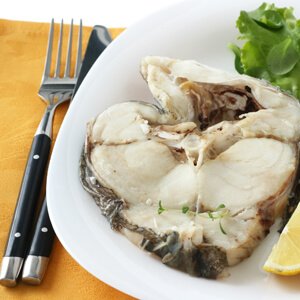
Value for the heart
Scientific experiments have repeatedly proven the benefits of fish for the cardiovascular system. People who regularly eat fish in their diet are less prone to fat accumulation in their vessels, less prone to stroke, coronary heart disease. Research confirms that the protective functions for the heart are reserved for Omega-3 fatty acids found in any fish. Regularly appearing in the diet, catfish will protect against thrombosis and improve blood circulation.
Benefit With Arthritis
Studies have shown that fish contain beneficial substances that relieve pain and swelling that accompany rheumatoid arthritis. It is believed that Omega-3 substances are useful as a prophylactic against osteoarthritis.
To improve vision
Vitamin A and Omega-substances contained in catfish meat will help maintain eye health, visual acuity.
Do not forget about fish to protect yourself from age-related macular degeneration of the retina.
Healthy skin
Fish is an excellent source of proteins, which are necessary for the production of collagen – a substance responsible for skin elasticity. Omega-acids contained in soma will protect against skin diseases, including psoriasis, eczema. We must not forget about the benefits of fish products to protect against UV radiation.
Does not contain mercury
At a time when almost all marine fish contain mercury to some extent, the inhabitants of freshwater bodies are protected from this dangerous chemical element. That is, catfish belongs to the types of fish safe for humans, which even pregnant women can safely use.
 Full protein source
Full protein source
Soma meat is a high-quality protein containing amino acids essential for humans. The high content of proteins in catfish products makes them the number one food for people who want to pump up muscles. In addition, proteins are important as a means to strengthen the immune system.
Source of fish oil
Many may wonder how fresh catfish is a source of fish oil. The liver of this fish contains quite a lot of fat useful for humans, which is necessary for the heart, blood vessels, brain and nervous system.
Possible side effects
The catfish fillet contains a lot of saturated fatty acids, in particular palmitic. For this reason, overuse of catfish dishes, especially with extra fats, can cause an increase in “bad” cholesterol in the blood. Another nuance is not in favor of catfish – a high concentration of Omega-6 acids, the excessive consumption of which does not in the best way affect the state of the vessels. Consumption of Omega-6 in large quantities is fraught with inflammatory processes, such as arthritis, and intestinal diseases.
Captive-bred fish are not always helpful. Often, antibiotics are added to the food for it, which makes the fillet dangerous to humans.
How to choose the filet
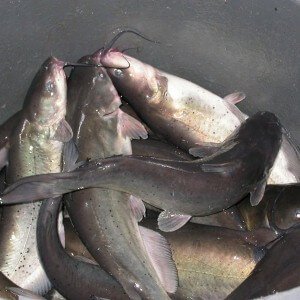
The fillets of this freshwater dweller are boiled, fried and baked. Fatty carcasses are ideal for grilling: the meat is juicy, but dense. When buying catfish fillet, do not forget to stock up with thyme, cayenne pepper, oregano, black pepper and lemons – they perfectly emphasize the taste of fish and allow you to get rid of the characteristic smell.
Fresh carcass without loss of quality can be stored in the refrigerator, but not longer than 48 hours. The freezer will help to keep the product longer. In her gutted carcass can be stored for about 3 of the month.
How to cook catfish
Catfish dishes include many restaurants in their menus. But why not try cooking this fish yourself. If it is possible to find a small carcass of a young catfish on the market, it can be baked in the oven. Get a delicious, nutritious and healthy lunch. And in order to quickly get rid of the specific smell, it is enough to treat the carcass with lemon juice and leave it for half an hour.
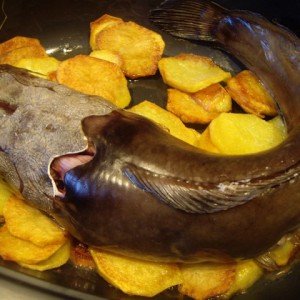
You can also cook delicious fish soup from the catfish (the head fits), cutlets (use fillets) or pies (the tail part of the carcass is excellent as a filling).
Fish is one of the healthiest foods on the menu. It contains many proteins and polyunsaturated fats that are good for the heart, brain and other organs. And the giant king of freshwater reservoirs, catfish, is perfect as an ingredient in the fish menu.
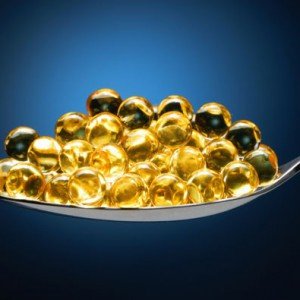 Full protein source
Full protein source



